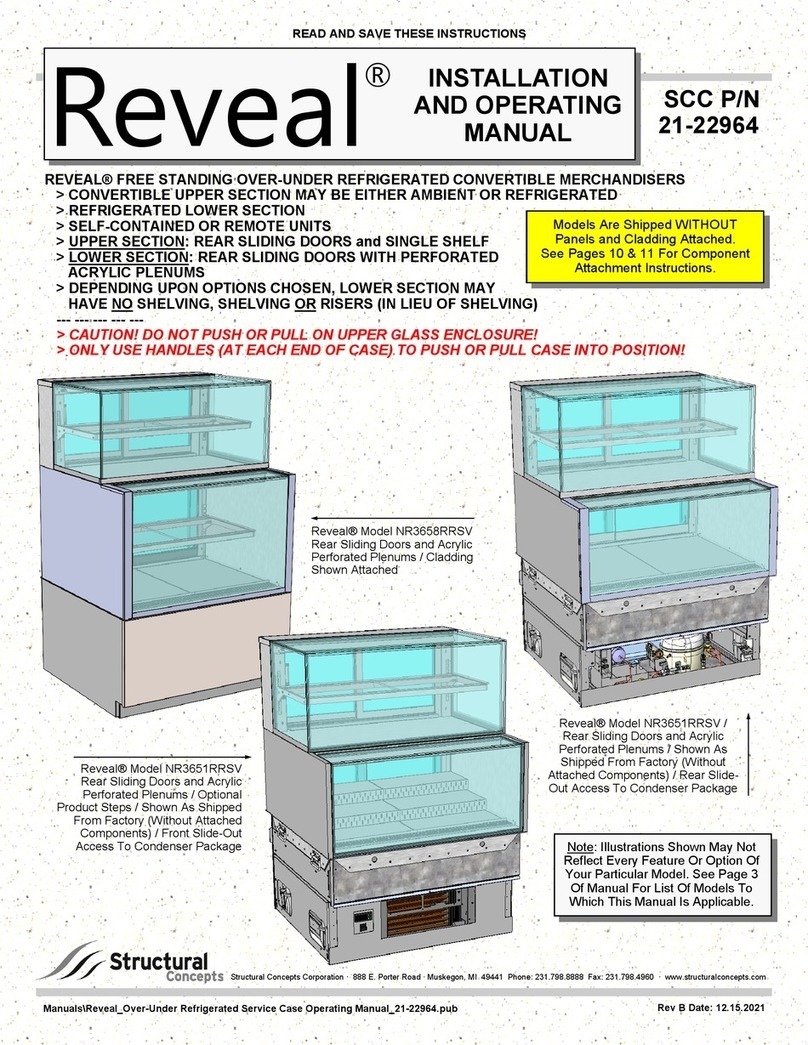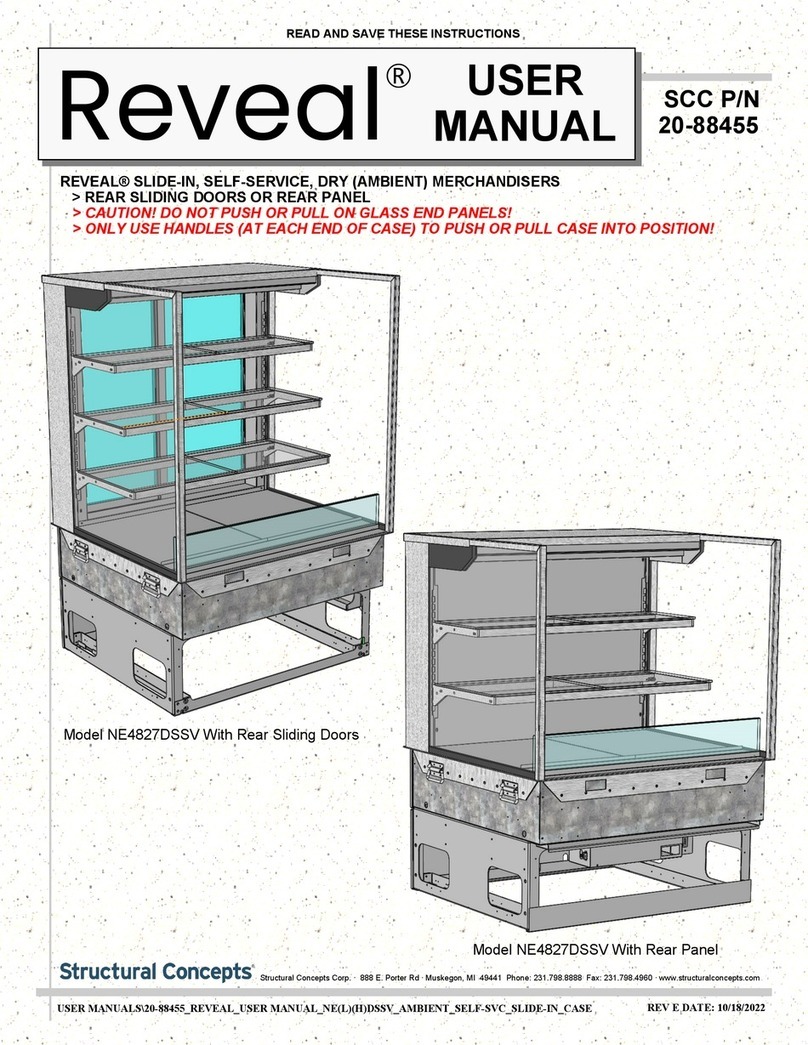
II
Table Of Contents
ZERO ZONE WARRANTY......................................................................................1
INTRODUCTION.....................................................................................................2
INSTALLATION & OPERATION.............................................................................4
Delivery Inspection............................................................................................4
Packaging.........................................................................................................4
Location............................................................................................................4
Moving Cases...................................................................................................5
Optional Bases...........................................................................................5
Leveling.............................................................................................................6
LineupAssembly ..............................................................................................8
Case Joint Caulking (Butyl*).......................................................................9
NSF Compliance Sealing (Silicone).........................................................10
Door Leveling (Door Sag/Sawtooth)...............................................................11
Bottom Mounting Plate.............................................................................11
Top Mounting Plate................................................................................... 11
Drain...............................................................................................................11
Kickplates........................................................................................................12
Bumper...........................................................................................................12
Top Trim..........................................................................................................12
CoolView® Doors............................................................................................12
CoolArc™Door Handles ...........................................................................12
Door Closer /Adjusting Door Tension ......................................................12
Hold-Open Bracket...................................................................................13
Door Gasket.............................................................................................13
Removing a Door.....................................................................................13
Shelves & Stocking Product............................................................................13
REFRIGERATION.................................................................................................15
Mechanical Components................................................................................15
Refrigerant Piping...........................................................................................15
Operation Set Points.......................................................................................16
Off-Cycle Defrost............................................................................................16
Case Thermometer.........................................................................................16
ELECTRICAL........................................................................................................17
General...........................................................................................................17
MAINTENANCE....................................................................................................18
Cleaning..........................................................................................................18
Under Case Floor Cleaning (NSF)...........................................................18
When installing a Reveal Merchandiser®with Doors in a Hybrid Merchandiser™ conguration, refer to both
this manual and the Hybrid™ Installation & Operation Manual.






























